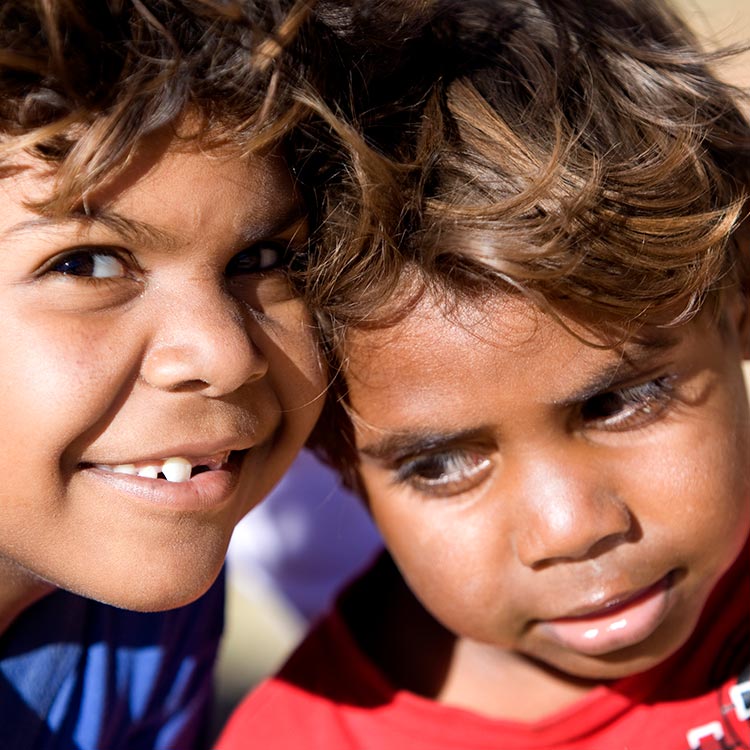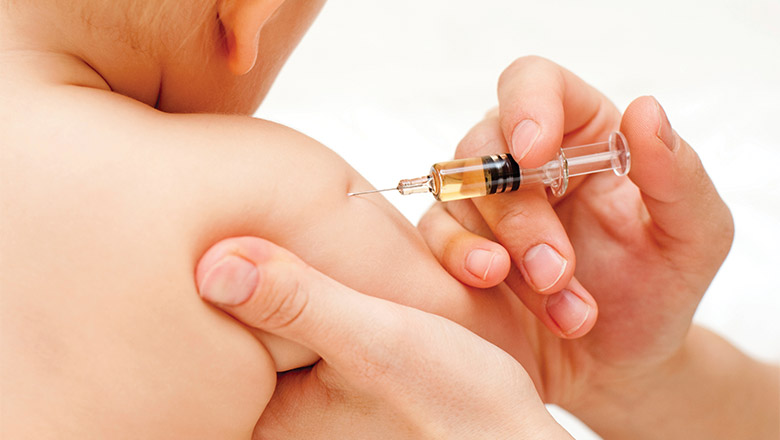Search
Research
Group a streptococcal carriage and seroepidemiology in children up to 10 years of age in Australia.This study aimed to acquire nationally representative epidemiological data on GAS in Australia to scope the appropriate age for vaccination with a potential...
Research
Febrile seizures following measles and varicella vaccines in young children in AustraliaFebrile seizures (FS) are common in childhood with incidence peaking in the second year of life when measles and varicella-containing vaccines are administered.
Research
Characterization of G2P[4] rotavirus strains causing outbreaks of gastroenteritis in the Northern Territory, Australia, in 1999, 2004 and 2009Outbreaks of rotavirus diarrhea cause a large disease burden in the Alice Springs region of the Northern Territory, Australia.
Research
Parental Tdap boosters and infant pertussis: a case-control studyCase households had fewer immunized mothers (22% vs 32%) or fathers (20% vs 31%) but were more likely to include additional and older children. After...
Research
Risk factors and comorbidities for invasive pneumococcal disease in Western Australian Aboriginal and non-Aboriginal peopleAustralian Aboriginal people have among the highest rates of invasive pneumococcal disease (IPD) worldwide. This paper investigates clinical diagnosis, risk...
Research
Predictors of Disease Severity in Children Hospitalized for Pertussis during an EpidemicThis study aimed to determine factors associated with severe pertussis in hospitalized children during an epidemic using a novel pertussis severity scoring...

News & Events
Rheumatic heart disease remains a major killer in Oceania regionA new study shows that people living in the Oceania region, including Australia, have the highest risk in the world of dying from rheumatic heart disease.

News & Events
Extra whooping cough shot to protect your bubToddlers will now get an additional whooping cough vaccine to protect them against the potentially deadly disease.

News & Events
Taking on a common respiratory infection in kidsMapping when Respiratory Syncytal Virus (RSV) reaches its seasonal peak will assist how future vaccination programs are carried out.
Research
InfluenzaInfluenza (commonly known as the flu) is caused by a highly contagious virus spread mainly through coughing and sneezing. An annual flu vaccination is the most effective way to prevent flu outbreaks.
